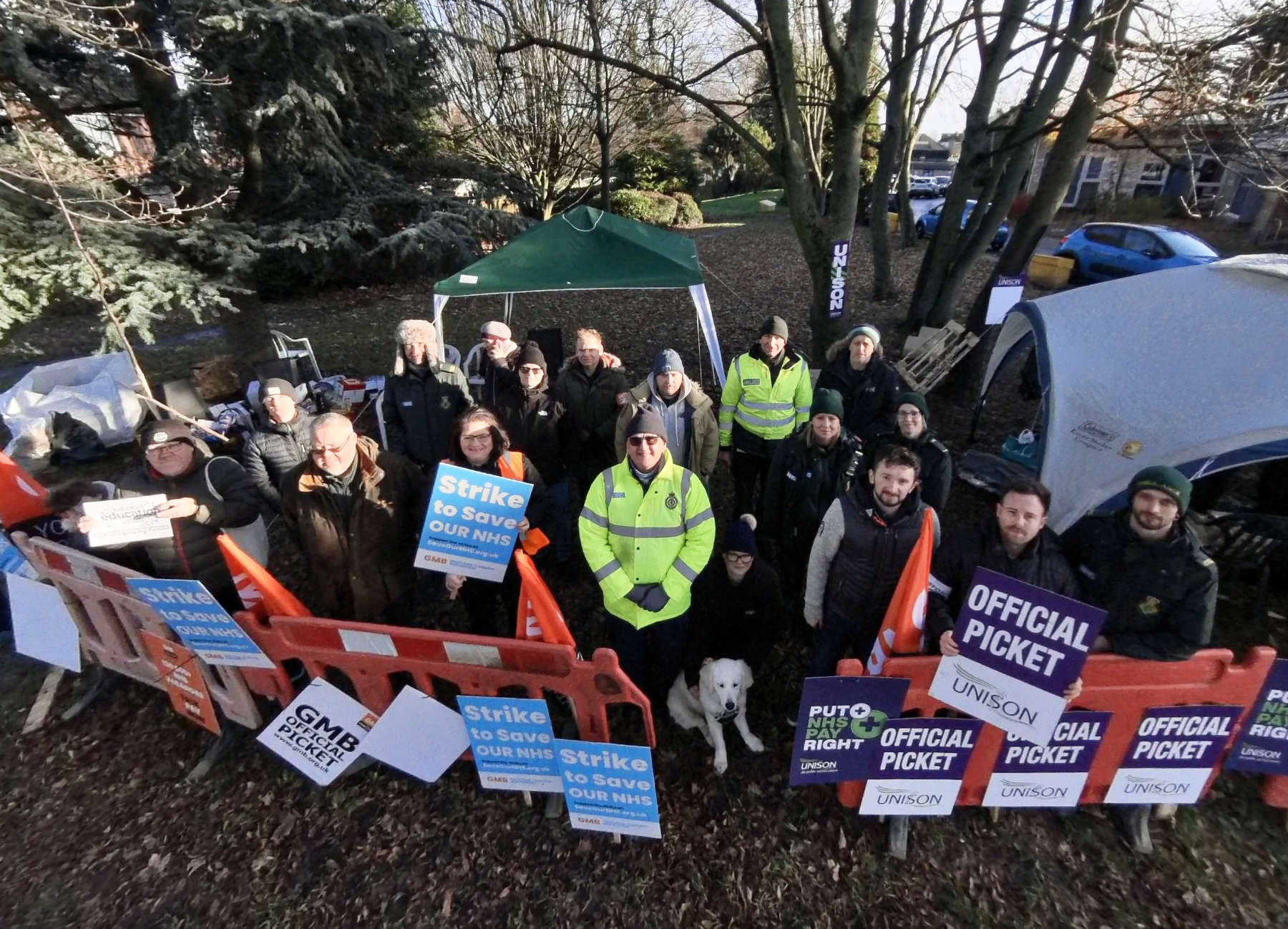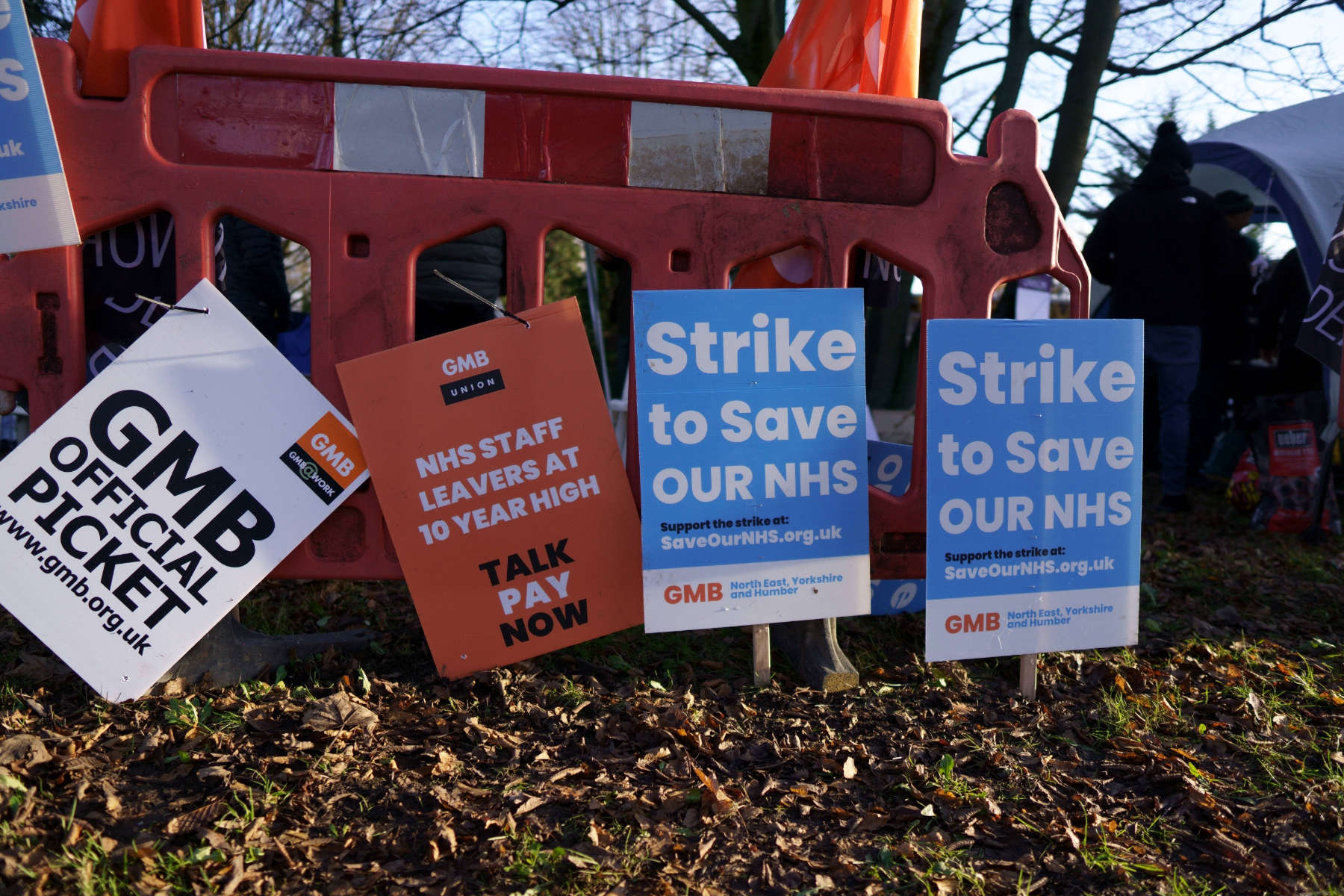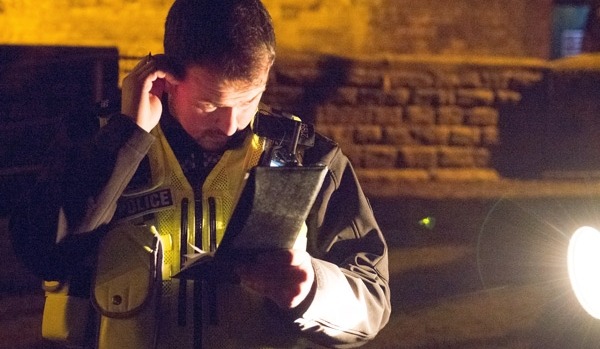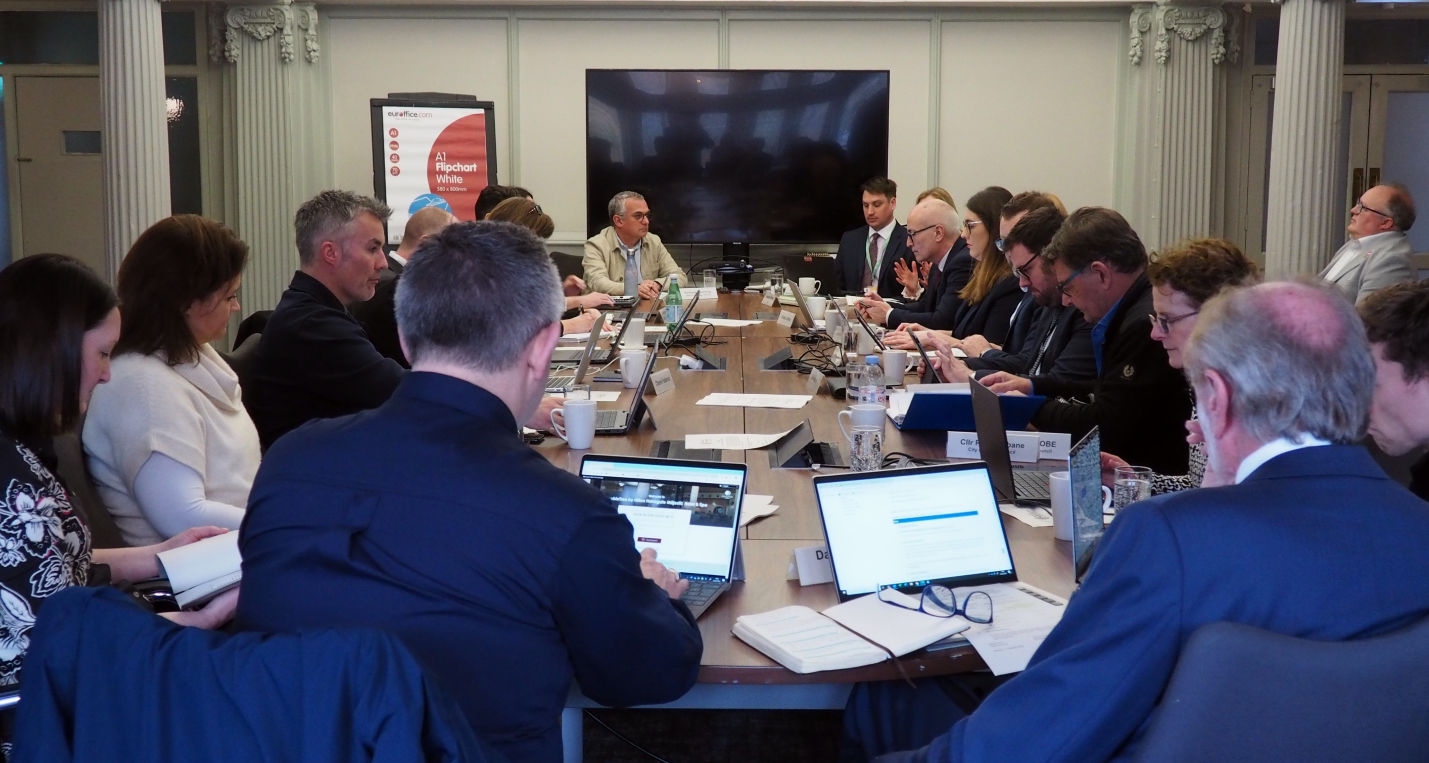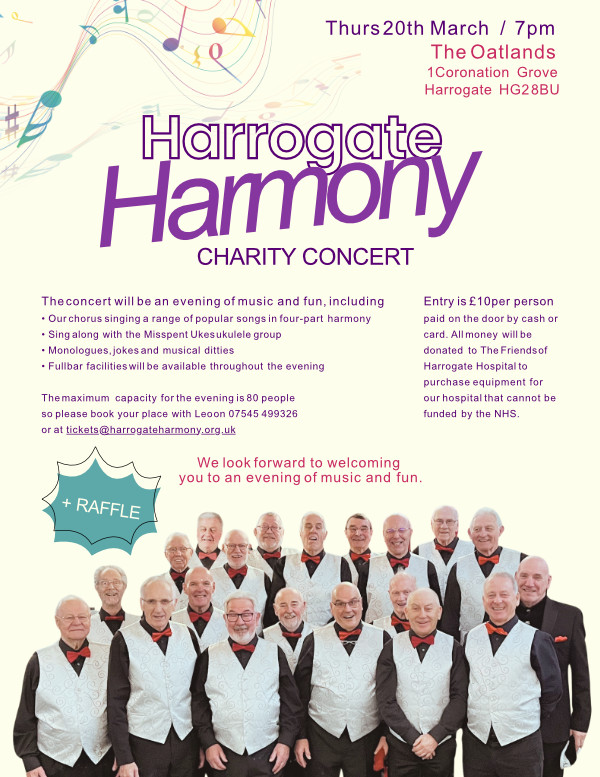Paramedics, Emergency Care Assistants, call handlers and other ambulance staff have been striking today (21 December 2022), with a further strike date planned for 28 December 2022.
The government is pitching the strikes as dangerous to the public and actively fearmongering the public. They have said that the ambulance and NHS pay demands can not be financed, but yet are not negotiating, sticking to the recommendation of the Pay Review Board (PRB). The unions representing the staff have said that the pay has not kept pace with inflation, and there is significant catch-up needed
But the strike is much more than about wanting fair pay, it is about working conditions and the fundamental need for ambulance staff to be put in a position to do a good job.
How you gain medical support in the UK, has gone seriously wrong.
It’s worth reflecting on the current system first-off:
On a very low level, individuals can go to a pharmacy to receive medication, and some advice.
There is a perception, and a variable reality that it is not possible to get a GP appointment, leading some to not even try, then present themselves in A&E or call an ambulance.
There is also the 111 service that gives advice and can then refer people to the out of hours doctor, call an ambulance or ask them to attend A&E.
So in theory, we have the structure of a great service, with many tiers of support, dependent on the seriousness of a condition.
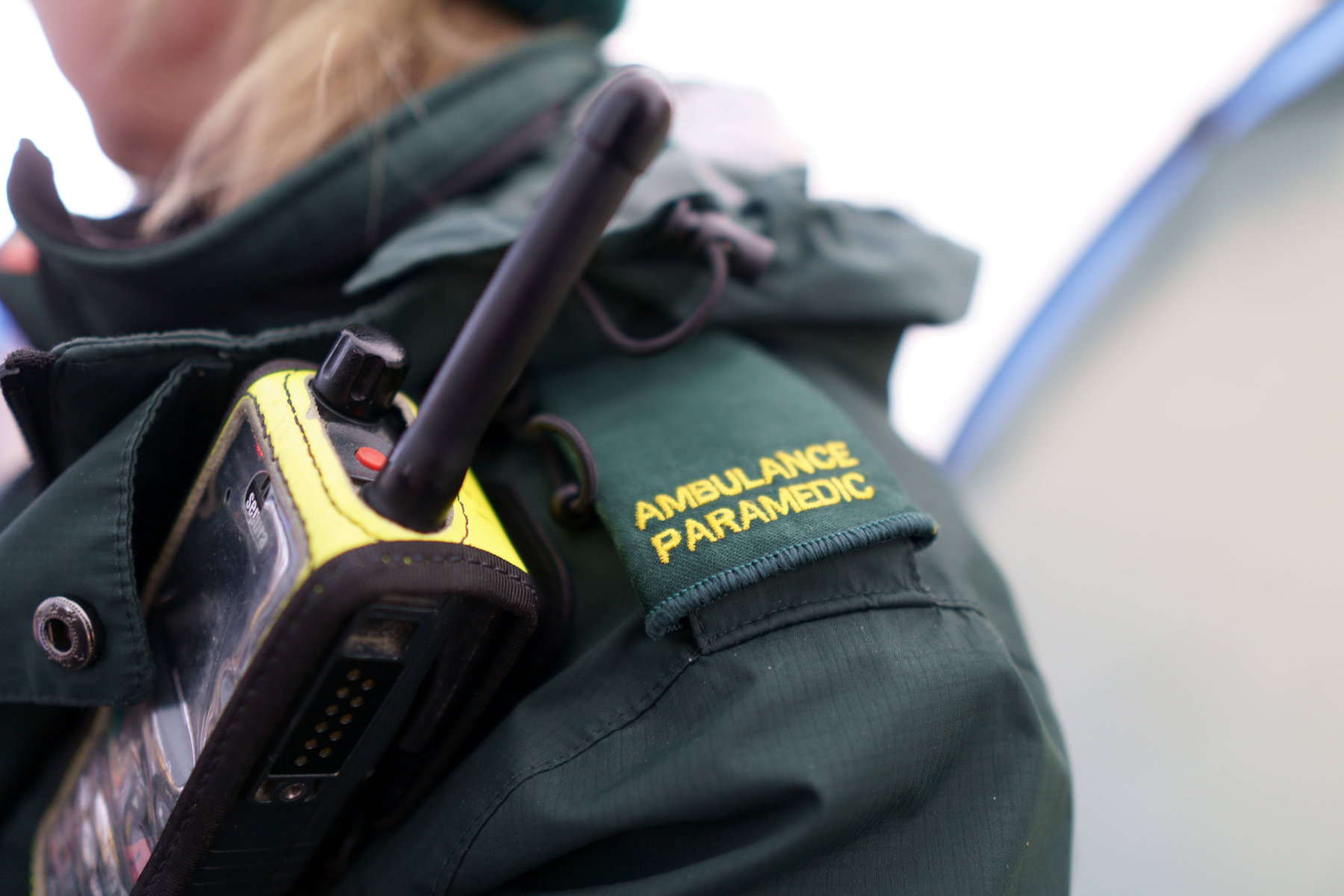
Some recent examples of use of use of service in Harrogate:
- On the 17 December 22 a call to 111 for a 92-year-old Harrogate lady, with a non life-threatening injury, resulted in an instruction to take her to Whitby Minor Injuries Clinic.
- On the 21 October 22, a 999 call was made on behalf of a Harrogate woman in her 30s, that had an existing diagnosis of gall stones. Although not life-threatening, it was causing excruciating pain, that had put her to the floor. The ambulance call handler advised that they would not send an ambulance, and would not put her in the queue for an ambulance, and should make her own way to A&E. Transporting someone in such intense pain was not easy, caused significant further distress, and pain.
But it is simply wrong to point a finger of blame at an A&E nurse, doctor, paramedic or call handler, as they are not being put in a position to do their job as they need to and want to. Clearly a call handler does not join that profession to tell a caller, with someone screaming in pain, that they are not sending help. In that particular case, telling the call handler that that help really was needed, caused noticeable distress in his voice. The truth is there was simply nothing available to him to send, and we should reflect a little on how he would have felt at the time, and when he finished his shift.
The picture with General Practice is less clear. During lockdown, there was a move to on-line or telephone appointments, there is a strong argument that gives an efficient way of seeing patients, but doesn’t work for all. Many GP’s will currently offer a telephone appointment, but are not slow to give an in-person appointment if asked. There is a perception, by some, that you can’t get a GP appointment, along with the reality of that being the case. But specific, that same 92-year-old Harrogate lady, also called for a GP on a Friday morning, and received an appointment the following Monday morning.
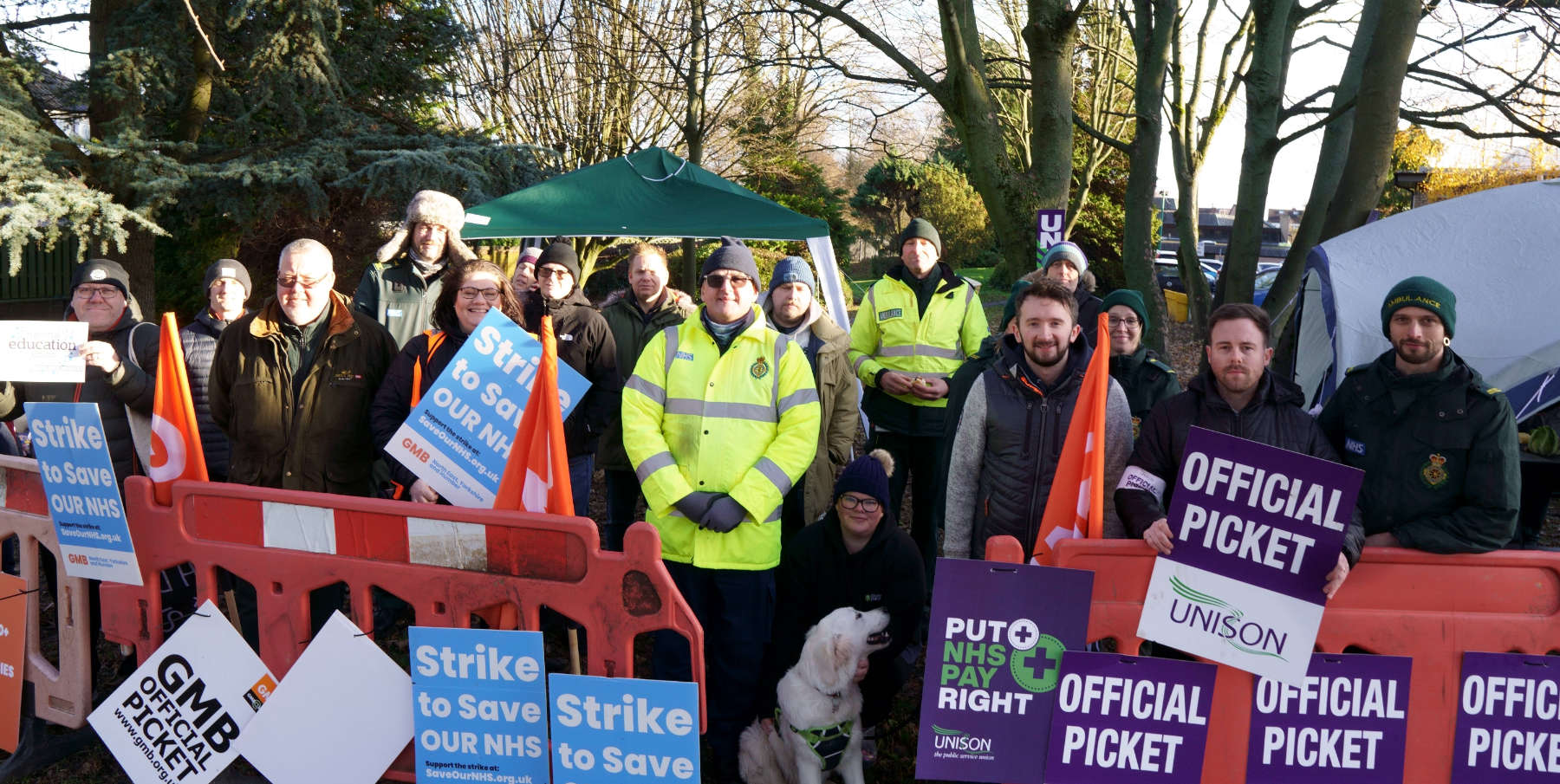
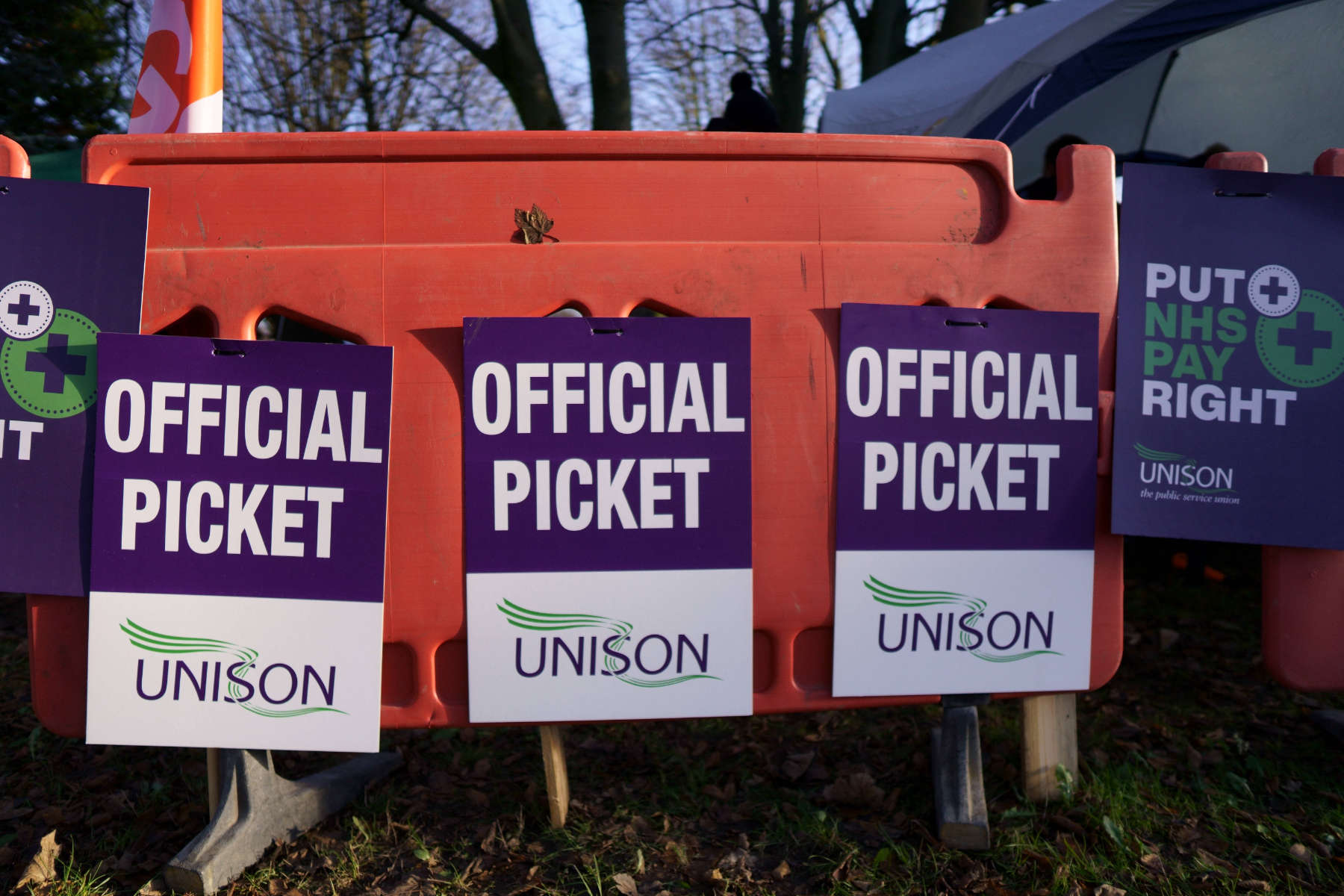
So are there more sick people, are they presenting more for medical services, or are there fewer services available ?
The answer is between April 2018 to September 2022, the total number of 999 calls has remained about the same. The number of life-threatening calls has increased, and the capacity of the ambulance service has reduced due to bottlenecks at A&E’s
The NHS England disclosure reveals that deaths associated with patient transfer from ambulances to hospitals increased by 133% last year.
According to the NHS England National Reporting and Learning System show that:
- 93 deaths were reported in the ‘access, admission, transfer, discharge’ category in 2021/22, up from 40 in 2020/21.
- ‘Severe harm’ incidents tripled – from 51 cases to 154 in a year. Severe harm means incidents that ‘appears to have resulted in permanent harm’.
- 5,092 patient incidents were recorded – up from 3,866 from 2017/18 (an increase of 32%).
The Independent Health Foundation studied why ambulance waiting times are getting longer:
- Critical calls, with a target response time of 7 minutes, patients in 2021/22 waited an average of 8.5 minutes – average waiting in 2018/19 was 7 minutes.
- In less urgent cases that require an ambulance response, waits have more than doubled to an average of 3 hours
- The percentage of life-threatening calls has from 69% to 78%
- Paramedic staff have increased 13% since March 2018, but they have the highest rate of absence of any NHS service due to mental health
- Capacity has reduced because ambulances are waiting longer with patients outside hospitals. In July 2022, more than 1 in 10 ambulances waited over an hour – up from almost 1 in 50 in 2019. In July 2022 waits exceeding the 15-minute standard reduced ambulance capacity by almost 20%
See Why have ambulance waiting times been getting worse? – The Health Foundation to red the related article.
The staff represented by GMB and Unision, and they have clearly set out what they are looking for on behalf of their members.
What the Ambulance workers are asking for (Joint Union):
- A significant increase in pay that busts inflation.
- A down payment and plan towards restoring a decade of lost earnings.
- A retention package that seeks to address:
- Job banding
- Fair pay for additional hours
- Limits to excessive working hours to prevent burnout
- The use of recruitment and retention premia’s
- Supports career progression
What the Government has offered:
For 2022/23 pay, Government announced that they will follow the PRB recommendation of £1,400, enhanced to 4% for top of Band 6 and all of Band 7 on Agenda for Change. This was imposed in September / October and backdated to 1st April 2022 in England and Wales.
The ambulance have planned to strike again on the 28 December 2022.

